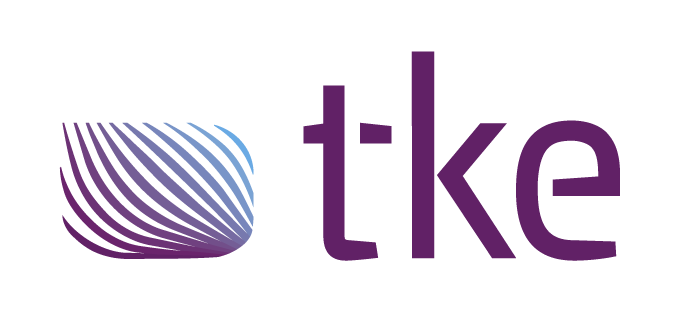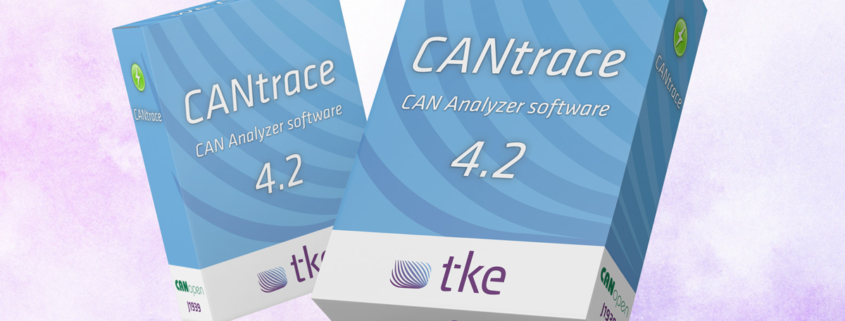What is Kvaser and how does it work in CAN bus systems?
Kvaser is a leading Swedish manufacturer specialising in Controller Area Network (CAN) interfaces and tools that enable computers to communicate with CAN bus networks. These hardware interfaces act as translators between standard computing devices and CAN networks, allowing engineers to monitor, analyse, and interact with CAN-based systems. Kvaser interfaces convert USB, PCIe, or Ethernet connections into CAN protocol communications, facilitating essential tasks like development, testing, diagnostics, and data logging in automotive, industrial automation, and embedded systems. With reliable signal conversion and precise timing capabilities, Kvaser products form a critical bridge between computing systems and CAN bus networks.
Understanding Kvaser and CAN bus fundamentals
Kvaser has established itself as a premier provider of CAN bus interfaces since the 1990s, offering hardware solutions that bridge the communication gap between computers and CAN networks. CAN bus technology, originally developed for automotive applications, has become fundamental in modern industrial and vehicular systems where reliable, real-time communication between electronic control units (ECUs) is essential.
The importance of CAN communication cannot be overstated in today’s interconnected industrial landscape. This robust protocol allows multiple microcontrollers and devices to communicate without a host computer, creating a multi-master system ideal for distributed control systems. CAN’s error-handling capabilities, deterministic conflict resolution, and noise immunity make it invaluable in harsh environments.
Kvaser’s interfaces serve as the critical link that allows engineers, developers, and technicians to connect standard computers to these specialised CAN networks. By providing this bridge, Kvaser enables essential functions including diagnostics, programming, testing, and data analysis of CAN-based systems across numerous industries.
What is Kvaser and why is it important in CAN bus systems?
Kvaser is a Swedish technology company that designs and manufactures hardware interfaces specifically for CAN bus communication. These interfaces function as translators between standard computing devices (via USB, PCIe, or Ethernet) and CAN networks, enabling engineers to monitor, diagnose, and interact with CAN-based systems. Founded in the 1980s, Kvaser has pioneered many advancements in CAN technology and maintains a reputation for high-quality, reliable hardware solutions.
The importance of Kvaser in CAN bus systems stems from several key factors:
- Kvaser interfaces provide the essential hardware link that allows standard computers to communicate with CAN networks that would otherwise be inaccessible
- Their products support both classical CAN and CAN FD (Flexible Data-rate) protocols, accommodating both legacy and modern systems
- Kvaser’s hardware ensures precise timing and signal integrity, which is crucial for proper CAN communication
- Their solutions enable development, testing, monitoring, and troubleshooting of complex CAN systems
Within the CAN ecosystem, Kvaser has established itself as a trusted provider of the hardware foundation upon which many critical industrial and automotive applications are built, tested, and maintained. Their interfaces have become standard tools for engineers working with CAN bus systems, providing reliable connectivity that facilitates innovation across multiple industries.

New Kvaser USB to CAN/CAN FD interfaces
How does a Kvaser interface communicate with CAN bus networks?
A Kvaser interface establishes communication with CAN bus networks through a sophisticated process of signal conversion and protocol implementation. At the hardware level, the interface connects to a computer via USB, PCIe, or Ethernet on one side, and to the CAN network through a standard DB9 or other CAN connector on the other side. This physical connection provides the pathway for bidirectional data transmission between computing systems and CAN networks.
The communication process involves several key technical elements:
- Signal conversion – Kvaser interfaces convert the electrical signals from computer bus standards (USB, PCIe) to the differential signalling used in CAN networks
- Protocol implementation – The interface handles the complexities of the CAN protocol, including message framing, bit stuffing, error detection, and acknowledgement
- Timing synchronisation – Precise timing is maintained to ensure proper bit sampling and adherence to the CAN specification’s timing requirements
- Buffer management – Messages are buffered in both directions to handle speed differences between the computer and CAN bus
When transmitting data from a computer to the CAN network, the interface packages the data according to CAN specifications, manages arbitration, and handles error checking. In the reverse direction, it captures CAN messages from the bus, filters them according to user-defined parameters, and passes them to the computer in a readable format through driver software. This seamless translation allows developers and engineers to interact with CAN systems using familiar programming environments while maintaining the robust communication characteristics that make CAN valuable in industrial applications.
What are the different types of Kvaser products available?
Kvaser offers a diverse range of products designed to meet various CAN communication needs across different applications. Their product families are tailored to specific interface types, performance requirements, and use cases, providing options from simple monitoring to complex, multi-channel analysis.
The primary Kvaser product lines include:
- Leaf Family – USB-connected CAN interfaces known for their reliability and simplicity. These range from basic single-channel devices to professional multi-channel options supporting both CAN and CAN FD. Ideal for mobile diagnostics and field service applications.
- USBcan Professional – Advanced USB interfaces offering higher performance, galvanic isolation, and enhanced features for development environments requiring robust capabilities.
- PCIEcan – PCI Express card interfaces for desktop integration, providing high-speed, low-latency connections for development workstations and test systems requiring permanent installation.
- Memorator – Standalone CAN data loggers capable of operating without a connected computer, featuring onboard storage and programmable triggers for capturing CAN traffic in field conditions.
- Blackbird – Ethernet-based CAN interfaces enabling remote access to CAN networks over standard IT infrastructure, suitable for distributed systems and industrial environments.
Each product family offers different performance capabilities, from entry-level interfaces handling standard CAN traffic to high-performance devices supporting multiple channels of high-speed CAN FD communication. The selection criteria typically include the required number of CAN channels, protocol support (CAN or CAN FD), connection type preference, performance needs, and whether features like galvanic isolation, synchronisation capabilities, or standalone operation are necessary for the specific application scenario.
Which programming languages and software platforms support Kvaser devices?
Kvaser devices are supported by a comprehensive range of programming languages and software platforms, making them exceptionally versatile for developers across different environments. The foundation of this support is Kvaser’s driver architecture and software development kits (SDKs) that provide the necessary tools for integration.
Key programming languages with Kvaser support include:
- C/C++ – Extensive support through the Kvaser CANlib SDK, offering low-level access and high performance
- Python – Python bindings for CANlib providing accessible integration in data analysis and testing environments
- C# and .NET – Full support for Windows application development with managed code wrappers
- Java – Cross-platform support for enterprise and embedded Java applications
- LabVIEW – Native integration with National Instruments’ graphical programming environment, popular in test and measurement applications
Beyond direct programming language support, Kvaser interfaces integrate with numerous industrial software platforms, including:
- Vector CANalyzer and CANoe – Industry-standard CAN development and testing tools
- ETAS INCA – Calibration and diagnostics software for automotive ECUs
- NI VeriStand and TestStand – Test automation frameworks
- Various SCADA and industrial control systems requiring CAN connectivity
Kvaser’s API documentation provides detailed guidance for implementing communication protocols, handling messages, configuring interface parameters, and managing advanced features like filtering and timing. This broad software support ecosystem ensures that developers can work in their preferred environment whilst maintaining reliable communication with CAN networks across diverse industrial applications.
Key takeaways about Kvaser in CAN bus implementations
When implementing CAN bus systems with Kvaser interfaces, several crucial considerations emerge that can significantly impact project success. Kvaser’s hardware serves as the critical foundation for CAN connectivity, providing the reliable communication layer upon which industrial and automotive applications depend.
The most important aspects of Kvaser in CAN implementations include:
- Kvaser interfaces provide essential protocol support for both classical CAN (up to 1 Mbit/s) and CAN FD (up to 8 Mbit/s), accommodating both legacy systems and modern high-bandwidth applications
- The hardware reliability of Kvaser products is particularly valuable in industrial environments where system stability is paramount
- Timing precision is maintained across Kvaser’s product range, ensuring accurate message sequencing and timestamping for debugging and analysis
- Scalability options range from simple single-channel interfaces to complex multi-channel systems, allowing implementations to grow as project requirements evolve
- Cross-platform driver support ensures development flexibility across Windows, Linux, and other operating systems
When selecting appropriate Kvaser solutions for specific industrial needs, considerations should include required channel count, protocol support, expected bus load, environmental conditions, and integration with existing systems. The right Kvaser interface can dramatically simplify CAN implementation, providing a stable foundation for industrial communication systems.
For practical examples of how Kvaser interfaces are used in real-world industrial applications, explore our Case study section, which details actual implementations across various industries. To learn more about the full range of available options, we invite you to explore our Kvaser product offerings that can meet your specific CAN communication requirements.



